Although the new completion date is nearly four years away, FRA Administrator Ron Batory said in a Feb. 19, 2019 letter to CHSRA that his agency “has determined that CHSRA will not complete the project by 2022.” Making its case that “the CHSRA has materially failed to comply with the Agreement,” the FRA found 40 reports by the state agency to be either delinquent or inadequate, noting that they had failed to take corrective action.
While those grant funds have not yet been delivered to the state, a separate statement from the U.S. Department of Transportation issued the same day said the Department “is actively exploring every legal option to seek the return from California of $2.5 billion in Federal funds FRA previously granted for this now-defunct project.”
What is the likelihood that California will have to forfeit $3.5 billion?
The FRA appears to be making a case for breach of contract on the part of the rail authority, law professor Leslie Jacobs told Sacramento’s KCRA-TV. Yet, the attempted claw-back and cancellation of the two grants is highly unusual and is likely to face both a long administrative process within the federal government as well as challenges in federal court.
The administration appears to be keying on a line in Gov. Gavin Newsom’s State of the State address: “Right now, there simply isn’t a path to get from Sacramento to San Diego, let alone from San Francisco to LA. I wish there were.” If the state were giving up on the full project, that would violate the terms under which the $2.5 billion American Recovery and Reinvestment Act grant was awarded.
Fox Business reported that an attorney and member of the Republican National Committee, Harmeet Dhillon, believes that President Donald Trump is “within his rights” to attempt to recover the $2.5 billion already delivered and spent by CHSRA. “The governor of California announced that the project that the money was given for is no longer going to be built as such,” she said.
Newsom continued to say in his address that work would be completed between Bakersfield and Merced, and that required environmental work would go forward while the state looked for more federal and private funds. He has since made clear that the state intends to someday complete the full project.
CHSRA’s latest projections estimate the cost of completing construction of the line from San Francisco to Anaheim at $77 to $98 billion. That does not include the route to either Sacramento or San Diego.
Just to complete the Central Valley segment, the only portion under construction, would take $10.6 to $12.2 billion. That would finish the line from Bakersfield to Madera, but would not reach Merced. Those costs do not include the acquisition of trainsets needed to operate the line.
CHSRA has already spent the $2.5 billion ARRA grant on the Central Valley segment, potentially putting it in a hole if the FRA takes back those funds. While the two sides fight it out, the specter of losing funds already spent and promised could force the state to dip into other monies or further delay the project.





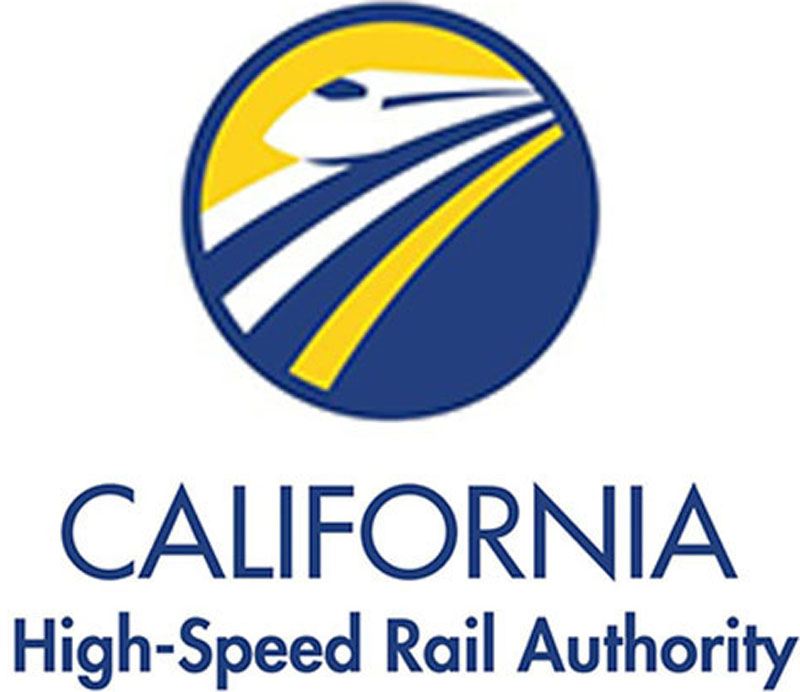

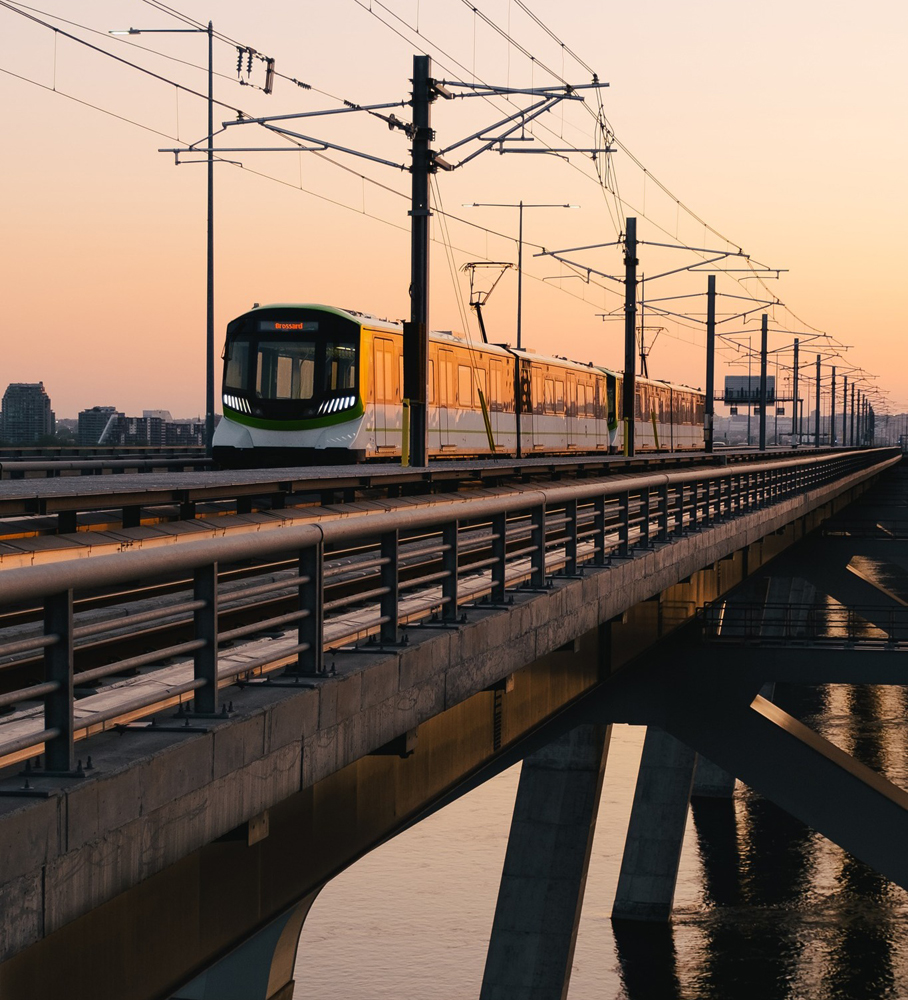
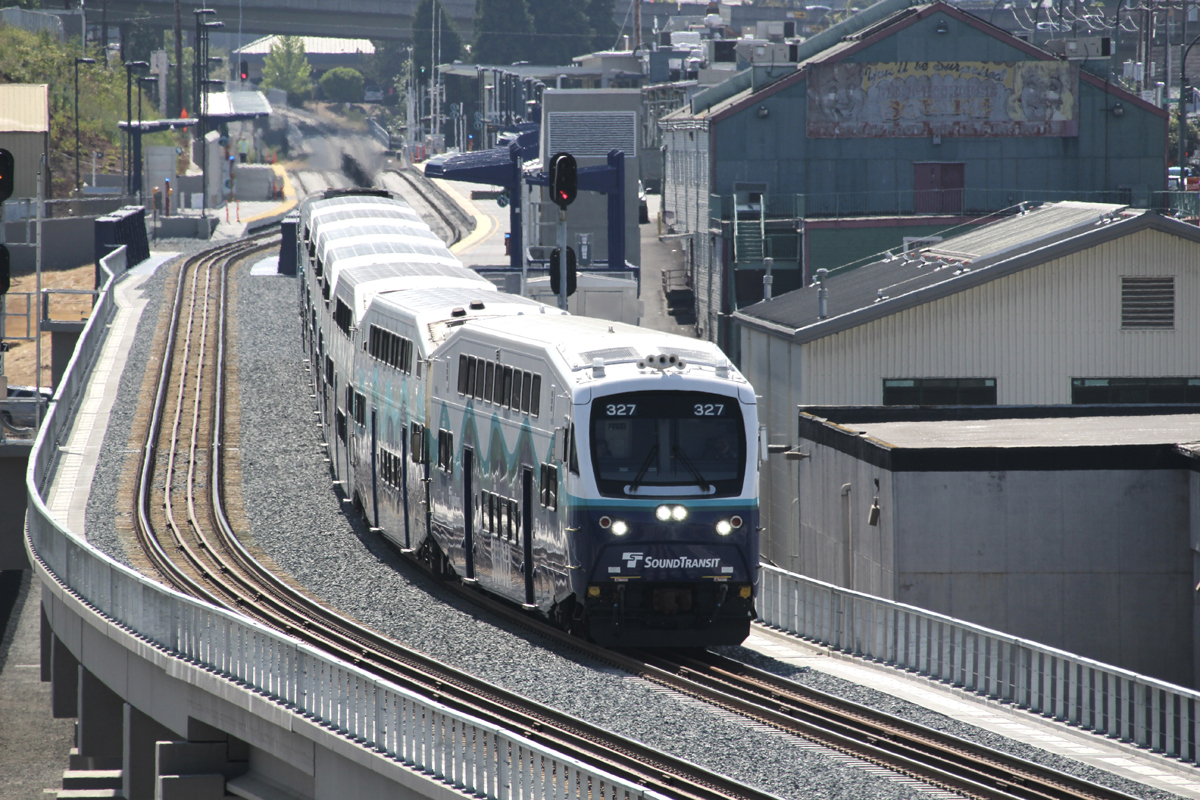
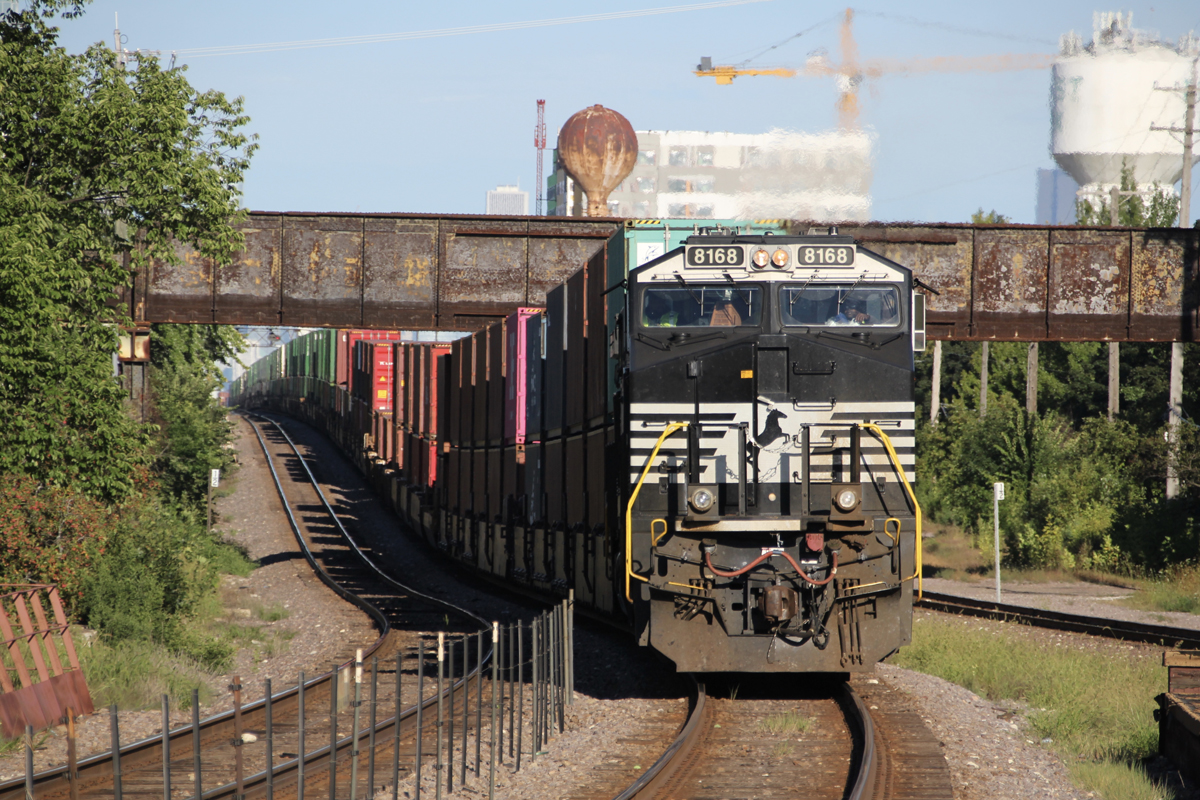
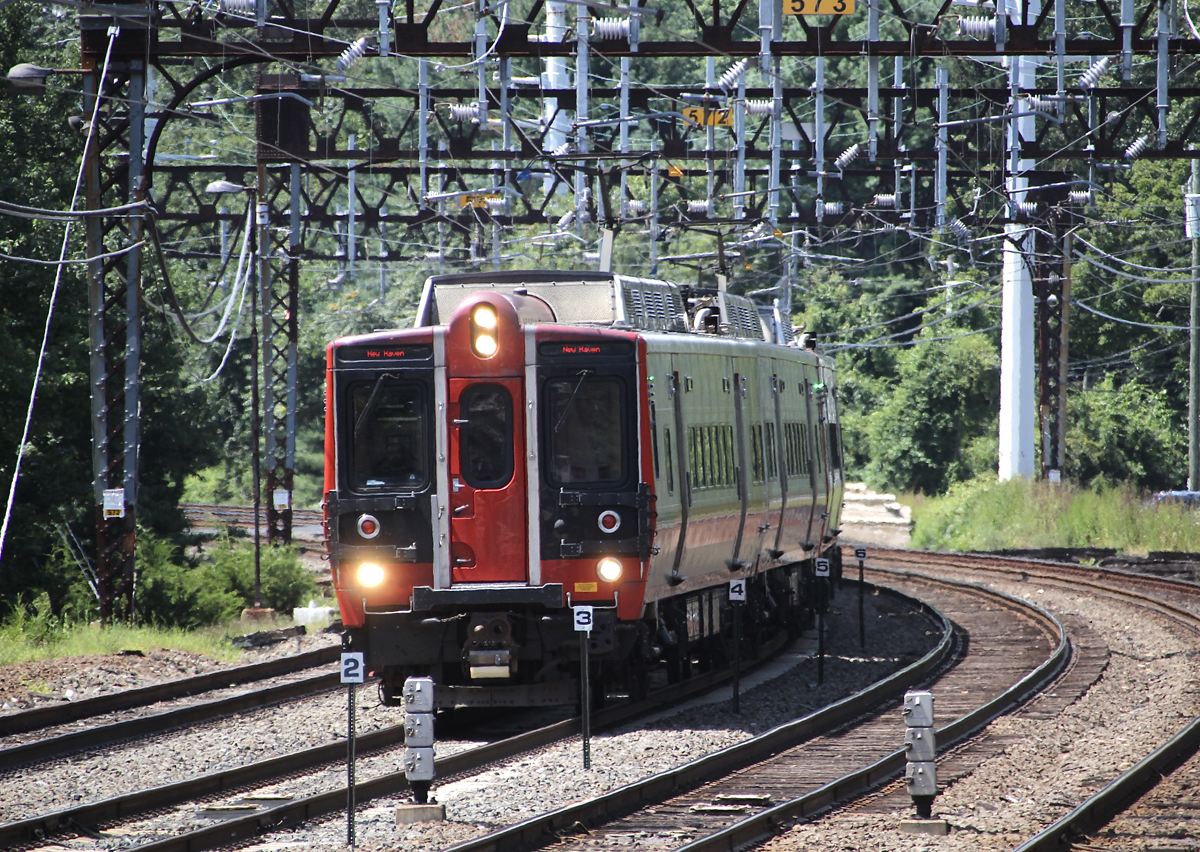




Trains are faster – when you consider total travel times for distances between SF and LA along with the cites in between. Why drive 4 hours from Paris to Brussels when the train 1 1/2 hours. The train has supplanted air travel between them. Hokuriku Shinkansen has flipped the Kanazawa to Tokyo market from 70% airplane to 70% train.
DAVID _ how many railroads would it take to equal a freeway lane? HINT: A freeway lane can handle 15k to 20k vehicles per day (cordon count – the vehicles passing any one point). Multiply that by six for a six-lane freeway. That’s over 24 hours, some hours less, rush hours more, averaging out to 120k a day.
Take a vehicle load factor of 1.1 persons per vehicle, we’re up to 132k persons per day on a six-lane freeway.
How many Shinkansens is that? Let’s see, 500 people (cordon count) on an eight-car train, that’s 264 trains a day.
Your question (below) is a fair question. So is mine in the paragraphs above.
Charles – nice analysis of freeway lane capacity. Let me add that within about 20 years, that capacity will increase from 20,000 per day to something over 150,000 cars a day per lane when autonomous cars and trucks have control because you will no longer need most of the empty space between vehicles – figure avg 2 vehicles per second passing at 60 mph. Using the same 1.1 people per car gives you a capacity of about 500,000 people per day per direction or a total of a million people per day.
That’s 2,000 trains a day.
And the freeways are already built and the people will already have the cars – so we are going to get that capacity with no capital investment (obviously this is simplified as maintenance costs will go up). Finally, the people will go directly from end point to end point without switching transportation modes and they can use the time productively (or unproductively if they want) because they won’t have to drive.
Last point – if you are going to tell me the train is faster … (1) door to door it probably isn’t for most people and (2) a plane is even faster than the train.
The Tokaido Shinkansen carries 452,000 passengers per day on 365 trains a day with trains of different speeds on a 2 track mainline with passing only at sidings. The typical Shinkansen train carries up to 1,300 passengers.
Herb,
The coast route would need very substantial upgrading for HSR, but likely cheaper than the planned route. I agree that the Cuesta grade would need to be bypassed by a tunnel, but that would be much shorter than a tunnel bypassing Tejon pass. I would also argue that the coast line between Santa Barbara and Lompoc should be bypassed by a tunnel underneath San Marcos pass.
Anna,
Definitely agree on the environmental impact reports written more to avoid litigation than anything elated to assessing environmental impact. One possible change to the law is requiring the opponents to assess the impacts of not going through a project.
As for how insane California law has become, there is a house down the street that is being torn down (basically abandoned for over 10 years – bobcats had been living n the house), but part of one wall and part of teh floor will be left as-is to avoid having to deal with the Coastal Commission.
What all the doubters and opponents have no concept how expensive it is for any project highway and rail project. How much does it cost rebuild 21 miles of expressway in Orlando? $2.3 Billion Build a highway interchange up to $500 million. While lots of people point to how fast China has built their high speed rail network the better example is Japan where costs are similar to the US. In Japan the last 132 miles of the Hokkaido Shinkansen which started construction in 2016 will be completed in 2031 to spread out the construction costs. What Governor Newsom so badly stated in his initial speech then walked back that the state can not afford the relatively rapid construction pace and spending. Governor Newsom is justifying building operable sections that will be eventually connected together to complete the original goal of a north-south rail system. Remember it took decades to complete the original interstate highway routes.
Given the plethora of ad hominem attacks and just general childlike behaviour I have been observing in this forum and on this topic recently, it is something of a risk to post anything but, assuming there are still some adults in the audience, I have this to offer.
There is an article in the New York Times this morning concerning the California High Speed Rail project. It can be found at https://www.nytimes.com/2019/02/25/us/california-high-speed-rail.html?action=click&module=News&pgtype=Homepage .
One of the thrusts of the article is that the preplanning, environmental impact reports, and other ancillary documentation is not so much to support the planning and design of a project as to forestall litigation … in the words of the article,
“The environmental process has become about litigation protection,” he said. “You’re going to get sued so you’ve got to go out and basically do process upon process, study upon study to make sure that somebody cannot find some toehold for litigation.”
All this is expensive and, apparently is where a major component of the funding for this project is going.
This problem is not unique to the CHSR project. We see it in the nuclear industry, and I have seen it (as an observer) in other major engineering projects. It is well known to have the capability to shut down major infrastructure projects by making them simply not affordable to build.
California is, in some ways, especially egregious in this regard. It is not for nothing that in California litigation is regarded as an art form. But even at the risk of being hoist by my own petard, I must ask if the Bard did not have it right when he had Dick (Henry VI, Part 2, Act IV, Scene 2) declare … “The first thing we do, let’s kill all the lawyers.”
The above comments are general in nature and do not form the basis for an attorney/client relationship. They do not constitute legal advice. I am not your attorney. Find your own damn lawyer.
Gents, I think we’re getting way off subject by issues that certainly won’t get resolved here. Having said that, I think the work that’s been done so far on CHSR is fatally misplaced in terms of both cost and routing. Why the existing coast route wasn’t considered is beyond me. I’ve travelled on approximately parallel U.S. 101 many times. With the exception of the grade between Atascadero and San Luis Obispo, I would think the existing ROW could be used almost in its entirety at a cost savings–and operating savings–that would actually be feasible. A useful predicate would be a proof of concept demonstration service on the existing SP track with such upgrades to signalling, fencing and track as needed so ensure safe operation. If the service proved to be cost and operationally viable, the much more expensive business of building a separate dedicated HS track structure could be considered. The Central Valley? A misplaced eyebrow. I can’t imagine enough traffic being generated to justify the cost even if service to Sacramento was included. I also wonder if sunkinks were considered. 110 deg. days in the Valley are a fact of life.
Back in the day, SP provided overnight service on an 8 hour schedule if I recall. A new service would be bench-marked against that.
Well, at least Trump will get some money to put up his wall at the border. Or maybe to build a wall around California so as to keep all those stupid democrats from contaminating the rest of the country.
Steve great post. Clarification – The state I was defending was Wisconsin (not California). I live in Brookfield Township, Wisconsin, home of Trains-MAGAZINE.
George, not really on the legal costs. The Fed lawyers and CA lawyers are all ready on the payrolls of the respective governments.
As for Charles Landry touted success and the reality of CA’s finances:
CA has a current unfunded pension liability of at least $1 Trillion and possibly over $2 Trillion per the recognized financial sources other than CA itself. It is currently only paying off the unfunded liability at about the rate of $2 Billion a year which is a “drop in the bucket”. It has not changed how the government pensions are calculated which are the most generous in the USA and probably never will given the clout of its government employees unions. CA currently has the highest debt-to-income ratio in the USA. The general consensus among financial analysts is that it is a state run for the vey rich, the very poor, and the government employees. Its middle class is starting to rapidly shrink. You don’t have to make more than about $1,000 a week to be subject to its highest state tax rate of over 9%. The influx of illegals that CA is welcoming have had a dampening effect on its economy (probably haven’t helped the crime rate either but nobody knows how much since you can’t get statistics from CA) and that will continue to increase the more they welcome. Business is leaving CA in increasing numbers and going internationally or to other states to survive and grow . CA has enormous infrastructure problems that aren’t being addressed–and the high speed rail isn’t helping. The latest estimates for finishing HSR as Brown proposed are now over $90 Billion and expected to go considerably higher if it would be completed as originally planed. The estimates of HSR’s annual operating losses are also rising and eventually could end up offsetting the token $2 Billion annual payment for unfunded pension liability. The state is now a one party state and rather quickly moving further and further to the left politically as its older politicians which exercise some restraint on it leave office. That probably means even more government spending and higher taxes which will dampen the state economy further and hammer the middle class even more.
Charles,
My bad mistake. I must need new glasses. Sorry.
If California was being run by honest people, they would refund the high speed rail funds. They failed to meet the deadlines set in the initial grant package. If a citizen fails to spend money leant to them for a specific purpose, the lender has the right to demand payment, plus interest for the money involved.
John Privara you ask how many miles of freeway can you build for whatever amount of money … the question is irrelevant since a fraction of a freeway lane carries far more people than a high-density passenger rail network. Cancel a train line, put the same number of people on a highway, you’d not even know the difference.
San Francisco to Anaheim is 408 miles (according to Google), so 408 / 98 F-35’s is 4.16 miles per F-35. How many miles of freeway can you build for an F-35?
The $2.5 Billion will go to lawyers and the Fed’s and California will end up with nothing but a stack of legal documents.
Matthew – My state is a success and it’s solvent. I’m a cheerleader for success!
It’s nice to see the same cheerleaders for failure on Trains News Wire every day!
Screw California, THE highest taxed state in the Union and they’re the brokest, @#^#& them!!!!!!, They don’t deserve any breaks, take it back!!!!! California cant even clean up SF with all the BILLIONS of Fed dollars it gets!!
One mile in California, ACE!!!
Liberals ALWAYS feel the law refers to someone other than them!
Carl – I absolutely agree but I would go further. California is in open rebellion against the United States (where I have lived my entire life). California should be cast aside, with its residents given a grace period to move to the United States or lose their USA citizenship. Electric energy and water supplied from America to California should be sold at world market rates plus an additional fee to compensate America for having put up with California this long.
While I wasn’t around in 1860-1861, when South Carolina was in open rebellion against USA, California now isn’t much better.
Neither California nor U.S. government is capable of spending money efficiently. The longer we think government can solve all problems, the poorer and less free we become. But let’s tax the rich! Go ahead, but know that they will leave. California does not follow federal law, so the state should be declared in open rebellion and all federal funding cut off.